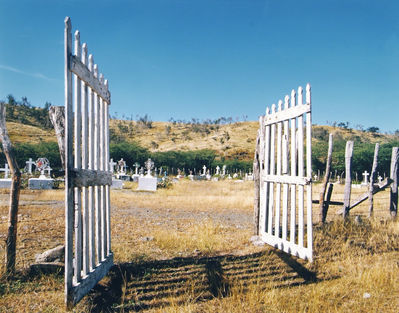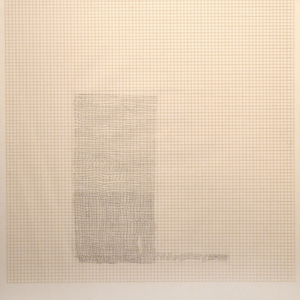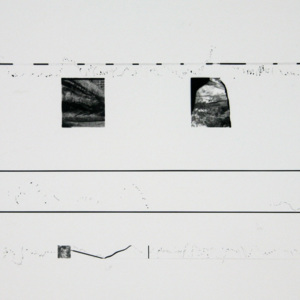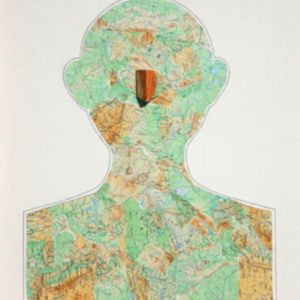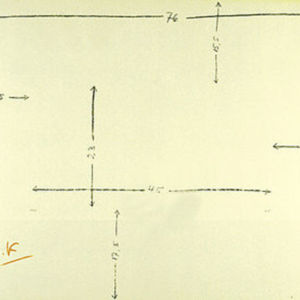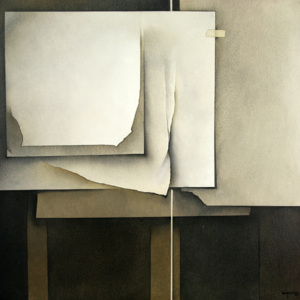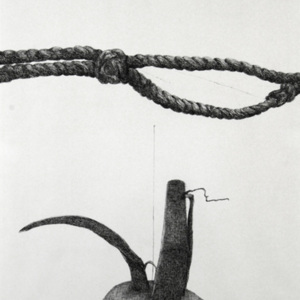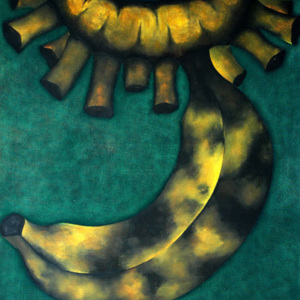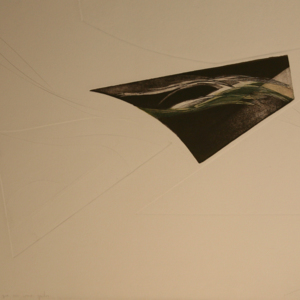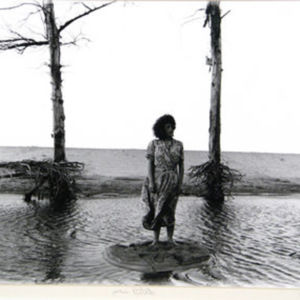Topologies
The hemispheric mapping of the Americas, initiated at the onset of colonial encounter, has long shaped the spaces of the region in the multiple, and multiply overlapping terms of culture, nation, commerce, and geography. Against the rising hegemony of the United States over the twentieth century, calls for “nuestra América” responded to the increasing relevance of inter-American identity—and solidarity—at a time when border crossings and migration, globalization and diaspora, continued to challenge traditional identity formation around the nation-state. The objects assembled within Topologies image multiplex histories of individual and collective movement across the Americas, encompassing sites of memory and cartographic abstractions, somatic trauma and existential passage. Residual colonial effects surface in the works of Antonio Henrique Amaral and Gesner Armand, in which bruised and noosed fruits critique the “banana republic” model of monoculture and the complicity of the late capitalist economy. This postcolonial condition is laden with the imprint of the body—fragmented and naked, x-rayed and indigenous—in Bernardo Krasniansky’s assemblaged book and, in a similar way, in the early Map Series by María Martínez-Cañas, in which maps are juxtaposed with family photos. A collaged, non-continuous map in the shape of a body, Octavio Blasi’s Figura cartográfica stages the self as a network of places, discordant and suggestively diasporic. Gego and Mathias Goeritz further distill the map to measurement, marking space minimally through line and grid. The bounding edges of space, taped together and improbably layered, preoccupy Roberto Galicia in No. 7; his metaphorical cuts and fissures become tangible in Angu Vázquez’s Serie Paisajes que son como gritos. The corporeal sensation of place is suggestively abstracted in portraiture (Owen Minott) and architecture (Oscar Muñoz) and imbued finally with bodily memory in Domingo Batista’s Cementerio dominicano. From graveyard to island, the topologies of interior and exterior—here and there—converge in the untitled photograph by Víctor Vázquez, a haunting study of liminal, impossibly indeterminate space.

